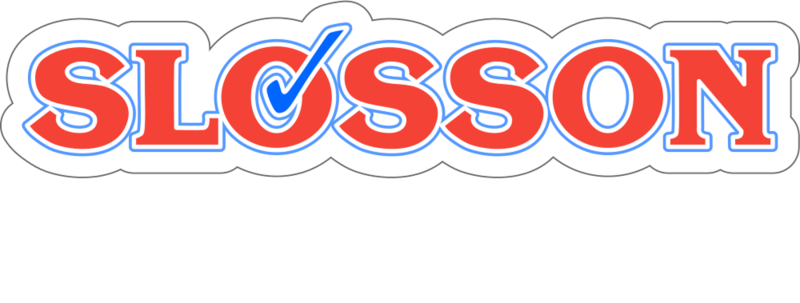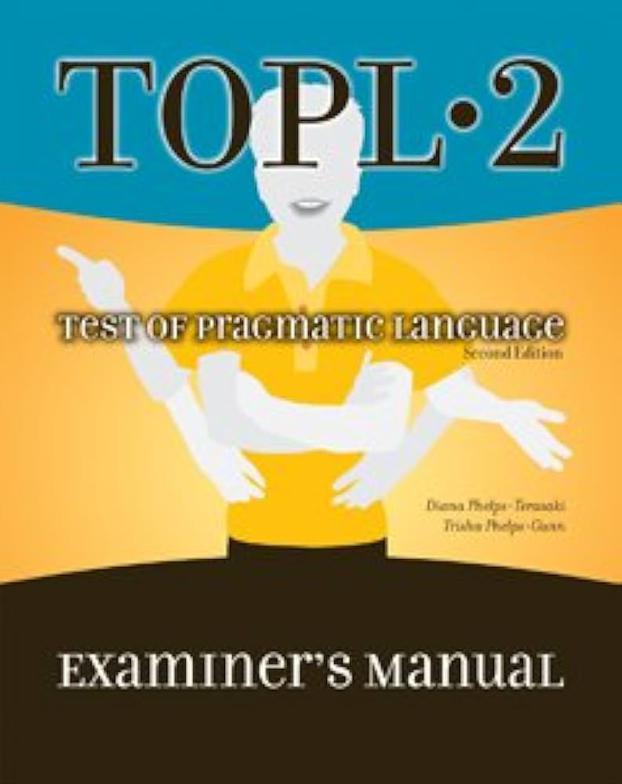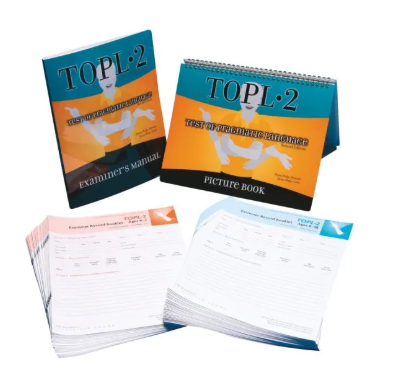Diana Phelps-Terasaki / Trisha Phelps-Gunn
Ages: 6.0 through 18.11 years
Administration: Individual; 45-60 minutes
The TOPL-2 identifies individuals with pragmatic language deficits, determines individual strengths and weaknesses, and documents progress over time. It focuses on a student’s ability to monitor and appraise the effectiveness of the response, to resolve the social problem situation.
This test was originally designed for use by speech-language pathologists. However, with the ever-increasing emphasis on social skills and conflict resolution in students, the TOPL-2 test provides essential information for all team members: school psychologists, counselors, clinical
psychologists, and special education specialists. These varied team members now use the TOPL-2 as part of a full individual evaluation and program planning, and were part of TOPL-2 development and norming.
Features:
• Pragmatic Evaluation: focuses on a student’s ability to monitor and appraise the effectiveness of the response to resolve the social problem situation.
• Detailed IEP’s: addresses students with emotional disabilities, learning disabilities, behavior problems, Asperger’s Spectrum Disorders, language impairments, Attention Deficit Hyperactivity Disorders, and Depression and Anxiety Disorders. Includes goals, objectives, and progress monitoring.
• Clinical Interpretive Framework: allows the test user to see at a glance which components of the model are relevant to each item.
• Extended Norms: provides an assessment for all school-aged students up to age 18-11, allowing older students to benefit from an assessment of pragmatic language. Examines further the relationship between behavioral problems and pragmatic difficulties.
• Color Picture Prompts: aids in evaluation, clarity, and student interest in an easy to use easelback format. Picture content has also been updated to reflect more accurately the environment of children and adolescents.
• Verbal Prompts: reflects more accurately the environment of children and adolescents.
• Comprehensive Scoring Guideline: indicates the components that each response measures, with multiple correct/incorrect response samples.
(TOPL-2) Test of Pragmatic Language
The TOPL-2 Complete Kit includes:
• Examiner’s Manual
• Picture Book
• Examiner Record Booklets: Ages 6-7 (25)
• Examiner Record Booklets: Ages 8-18 (25)
Second Edition




